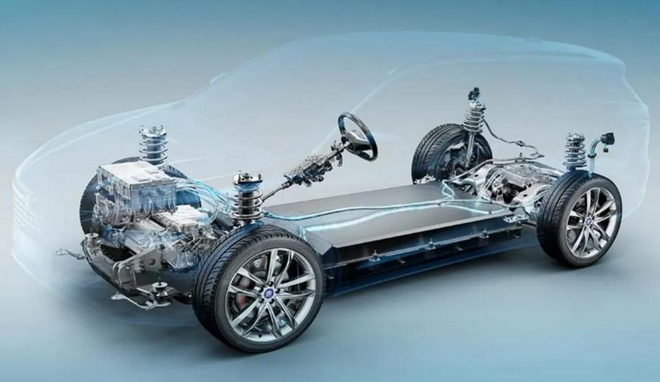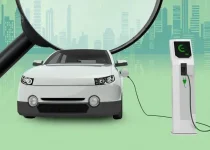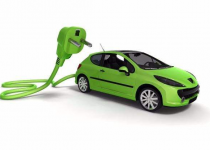What is the current state of electric vehicle infrastructure

The electric vehicle (EV) infrastructure has been developing rapidly, but the current state still varies depending on the region. Some key aspects of the EV infrastructure include charging stations, grid capacity, and vehicle-to-grid integration:
- Charging stations: The number of public and private charging stations has been growing steadily in many countries, with some regions like Europe, China, and the United States leading the way. However, the distribution of charging stations is often uneven, with urban areas having better coverage than rural or remote regions. Additionally, the availability of fast-charging stations remains limited in some areas, which can affect the practicality of long-distance EV travel.
- Grid capacity: As EV adoption increases, so does the demand for electricity. In some regions, the existing grid infrastructure may struggle to accommodate the additional load from EV charging, especially during peak demand periods. This has led to concerns about grid stability and the need for upgrades or enhancements to the grid infrastructure.
- Vehicle-to-grid integration: Vehicle-to-grid (V2G) technology, which allows EVs to act as energy storage and support the grid during peak demand hours, is still in its early stages. While some pilot projects have demonstrated the potential benefits of V2G integration, widespread implementation faces technical, regulatory, and standardization challenges.
- Renewable energy integration: To maximize the environmental benefits of EVs, it’s important to generate the electricity used for charging from renewable sources. The degree to which renewable energy is integrated into the grid varies greatly by region, and further development of renewable energy infrastructure is needed to ensure that EVs contribute to a cleaner energy mix.
- Maintenance and repair services: As the number of EVs on the road grows, there’s an increasing need for specialized maintenance and repair services. The development of this infrastructure is still in progress, with some regions having more comprehensive service networks than others.
- Recycling and disposal: The disposal and recycling of used EV batteries pose a challenge that needs to be addressed as the EV market continues to expand. Infrastructure for recycling and repurposing used batteries is still under development in many areas.
In summary, the current state of EV infrastructure shows promise, with significant growth in charging stations and other support services. However, continued investment, development, and government support are needed to address the remaining challenges and enable widespread EV adoption.


